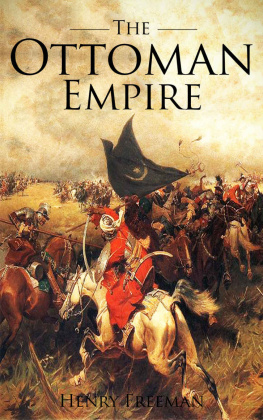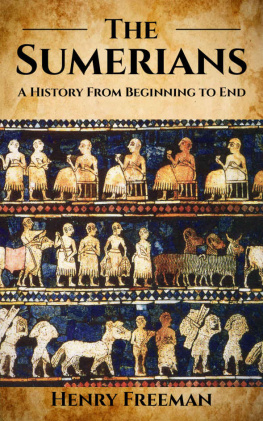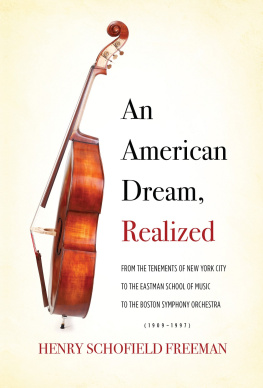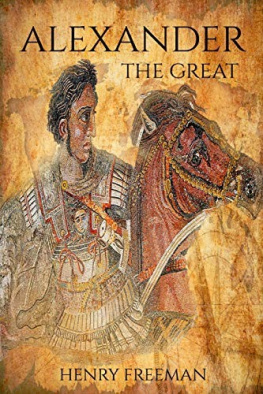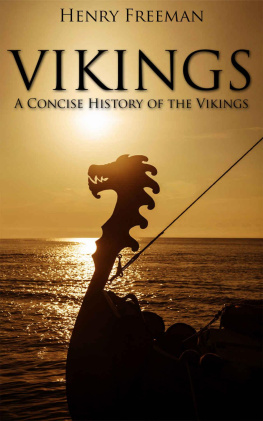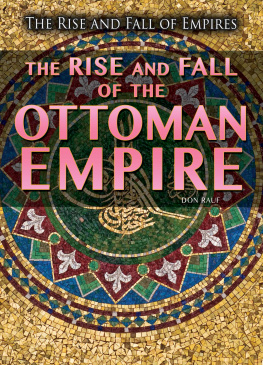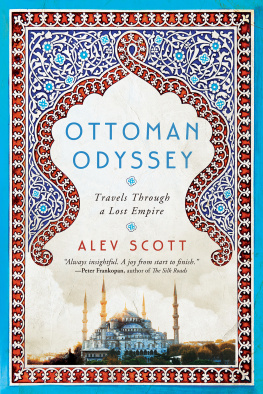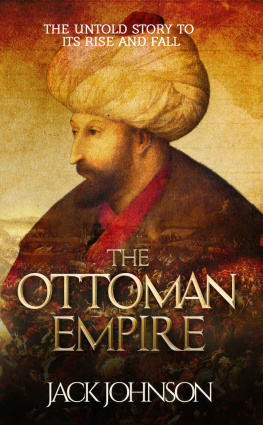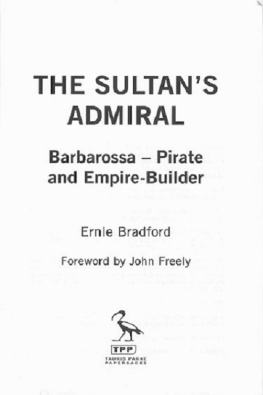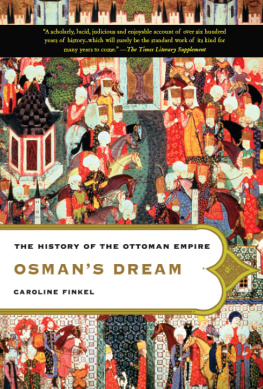OTTOMAN EMPIRE
A History From Beginning to End
HENRY FREEMAN
Copyright 2016
All rights reserved.
Table of Contents
Introduction
For a seventeenth-century Parisian sipping newly imported Ottoman coffee, imagining sitting on the cosmopolitan nineteenth-century Orient Express that connected Paris to the mythical and sophisticated Constantinople would seem only for ennobled merchants. That would be appropriate in the context of the times. Rails were still a distant transformation for would-be travelers. The collective desire to tap into the collective spirit of bringing Parisians the distant, mysterious character of Ottoman wares and explorations was persistent. Within one hundred years, coffee would establish itself as a daily part of life and a leading import. For seventeenth-century armchair travelers decidedly enjoying the imports of the Levant in Parisian life, travel to the Orient would be documented in travel accounts by jeweler speculators, emissaries, ethnographers, merchants, nouveau riche, and shoppers. It would anticipate the eighteenth-century turquerie that borrowed from the Turkish manner and style that enraptured Europeans in a beguiling exoticism found in fads.
Made prominent not only by coffee, furnishings, art and architecture, the mystique surrounding the Turks in the minds of international observers would not end with imitative arts or displays. It was a time when the Ottoman Empire was a leading international power for whose favors Europeans vied. There was a cross-cultural reverence that emanated in both directions at times. The Ottoman Empire itself was intrigued with borrowing from foreign experts. The Efrenciyan, a special chamber of European engineers, was created in the sixteenth century for the sultans to invite European experts in various disciplines.
In 1502, the infamous Leonardo da Vinci applied to bring his expertise in construction works to the Sultan. His application survives in the Topkapi Palace archives. In a letter he wrote to the Sultan Bayezid II, he proposed a bridge over the Golden Horn among three other projects. Although da Vinci would never realize his ambition to build the bridge and visit Constantinople, the world would see his bridge, on a smaller scale, built by a visionary Norwegian artist Vebjorn Sand, joining Oslo and Bergen.
The mystique of the Orient would not represent the romantic to all whose gaze fell upon it. Nor would it escape controversy surrounding the well-celebrated origin of certain scientific precursors. Spurring endless debate, the Renaissance European achievements of mathematician and astronomer Copernicus are fueled with assertions and much study regarding whether he borrowed from Ottoman astronomers and the relevance of these works in understanding Copernicus' transformative thoughts in his work. Although he acknowledges some astronomers from the Islamic world, the issue of other uncited sources that enabled his work and his discoveries remain unresolved.
In the late nineteenth century, American author and humorist Mark Twain, in his best-selling travel book "The Innocents Abroad," which established his reputation as a writer, blamed the poverty he saw in the Ottoman places he visited on its rulers. He wrote: If ever an oppressed race existed, it is this one we see fettered around us under the inhuman tyranny of the Ottoman Empire. I wish Europe would let Russia annihilate Turkey a little not much, but enough to make it difficult to find the place again without a divining-rod or a diving-bell.
By the late nineteenth century, Tsar Nicholas I described the Ottoman Empire the Sick Man of Europe, suggesting that its very existence depended on the European and Russian powers of the time. Destiny was not in its own hands but depended on the outcome envisioned by powerbrokers. If they so permitted, and if the resources and relevance of the Ottoman Empire continued to give importance to Ottoman lands under Ottoman rule, then the formation of the Ottoman Empire would not end up on the ash heap of history.
In the pages that follow, we will continue to explore the various representations of the Ottoman Empire and delve into some of its historical facts so that we ourselves can come away with a deeply enriching view of the empire of legendary status, dark secrets, sultans, harems, and millets. Hostility toward the past from previous Ottoman territories like the Balkans seems to suggest that how the empire is viewed historically certainly depends on which part of history the Ottoman Empire played. Although this book will cover various aspects of the Ottoman identity, how it has been interpreted ranges greatly and is dependent on how the spoils of the Ottoman Empire were divvied up and how the plot to its destruction became manifest. One significantly fascinating figure whom we will explore is Sir Lawrence of Arabia and his pivotal role in the Arab Revolt that weakened the Ottoman Empire during a key point when their Turkish Army was a considerable threat to British and European powers. His work alongside Gertrude Bell, the "Uncrowned Queen of Iraq," explains some aspects of current Middle Eastern territories. This is based on understanding the historical changes that had far-reaching implications for those who had to gather up the pieces of the Ottoman Empire not on their own terms.
Certainly, representations of the Ottoman Empire during its time cast a certain allure and caution among the audiences of playwrights, such as Christopher Marlowe in England and Moliere in France. Tales of European women being kidnapped and forced into the Sultan's harem prevailed at one time. In 1669, Moliere's satire, Le Bourgeois Gentilhomme, was commissioned by Louis XIV after the first visit by an Ottoman Empire's ambassador to the French king. While many French officials and circles characterized the ambassador as arrogant, rude, stubborn, and ignorant, Turkish fashion was embraced by the French and became the source of inspiration for Moliere's comedy.
It aimed to satirize the visiting Turkish dignitary and avenge his perceived arrogance, but it also lent itself to the French discussions of the time. According to E.C. Spary in "Eating the Enlightenment: Food and the Sciences in Paris, 1670-1760," the play's study of impersonation of both a Turkish visitor and the central character who wants to be perceived as a French gentleman was one that also transferred to other histories that reflected on the Ottoman ambassador's visit to France. It served to dramatize the Orient for the French with no one being as they appeared.
Less than a hundred years earlier, the Elizabethan dramatist Marlowe in Tamburlaine (1587) depicted an Ottoman army that was the largest in Europe with a capital five times the size of Paris. It seemed to have limitless resources, ruthlessly eliminating those who opposed Islam. Some studies of the character depictions interpret that the play reinforced and established an anti-Ottoman raging Turk stereotype, while others argue that Marlowe, in fact, represented the Turks sympathetically. According to Mathew R. Martin in "Tragedy and Trauma in the Plays of Christopher Marlowe," citing Wellesley College's Professor Emeritus, English and Media Studies Linda McJannet in her book "The Sultan Speaks - Dialogue in English Plays and Histories about the Ottoman Turks," Marlowe's "real accomplishment was to free these characters from the containing narratives and moralizing glosses of Christian humanist history."
The history of the Ottoman Empire is not only complex because of its relationship with neighboring empires and powers throughout its 600 years, nor is it only complex because of how it was perceived by foreigners. It was also complex due to its domestic institutions, culture, and the unique society it advanced. Join us as we explore its artisans, religions, wars, crimes against their own people, their absolute obedience to sultans, their relationship to science, and struggles with westernization. We'll also look at the barriers and developments they faced in trade, industrialization, social practices, and the world at the time leading through the Enlightenment before it was divided and became the Republic of Turkey and many other constructed nations after World War I. These pages capture considerations of the complex nature of Ottoman thought. Their thoughts led to certain policies that can be interpreted as dispelling myths of an empire that forced Islam onto those it conquered.

